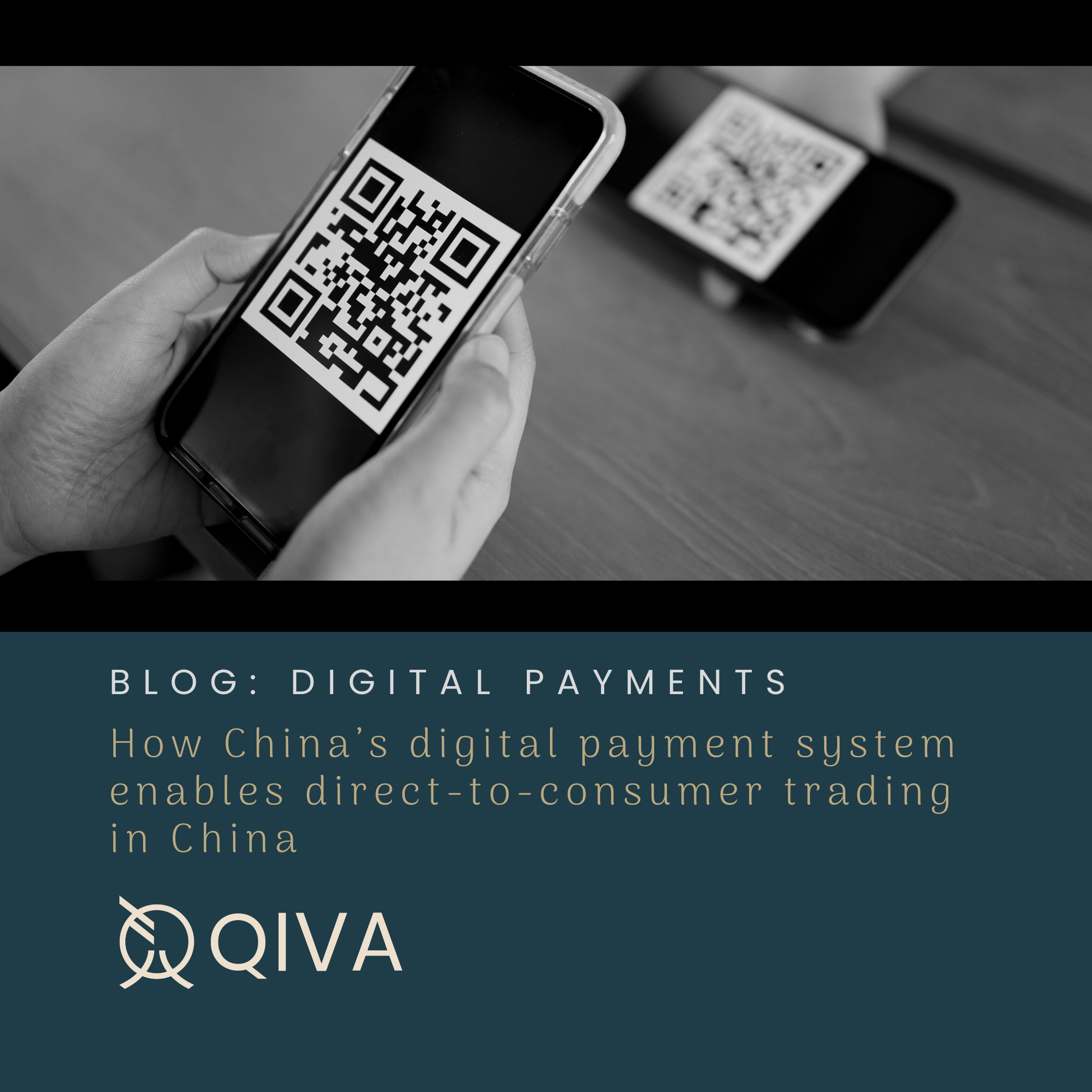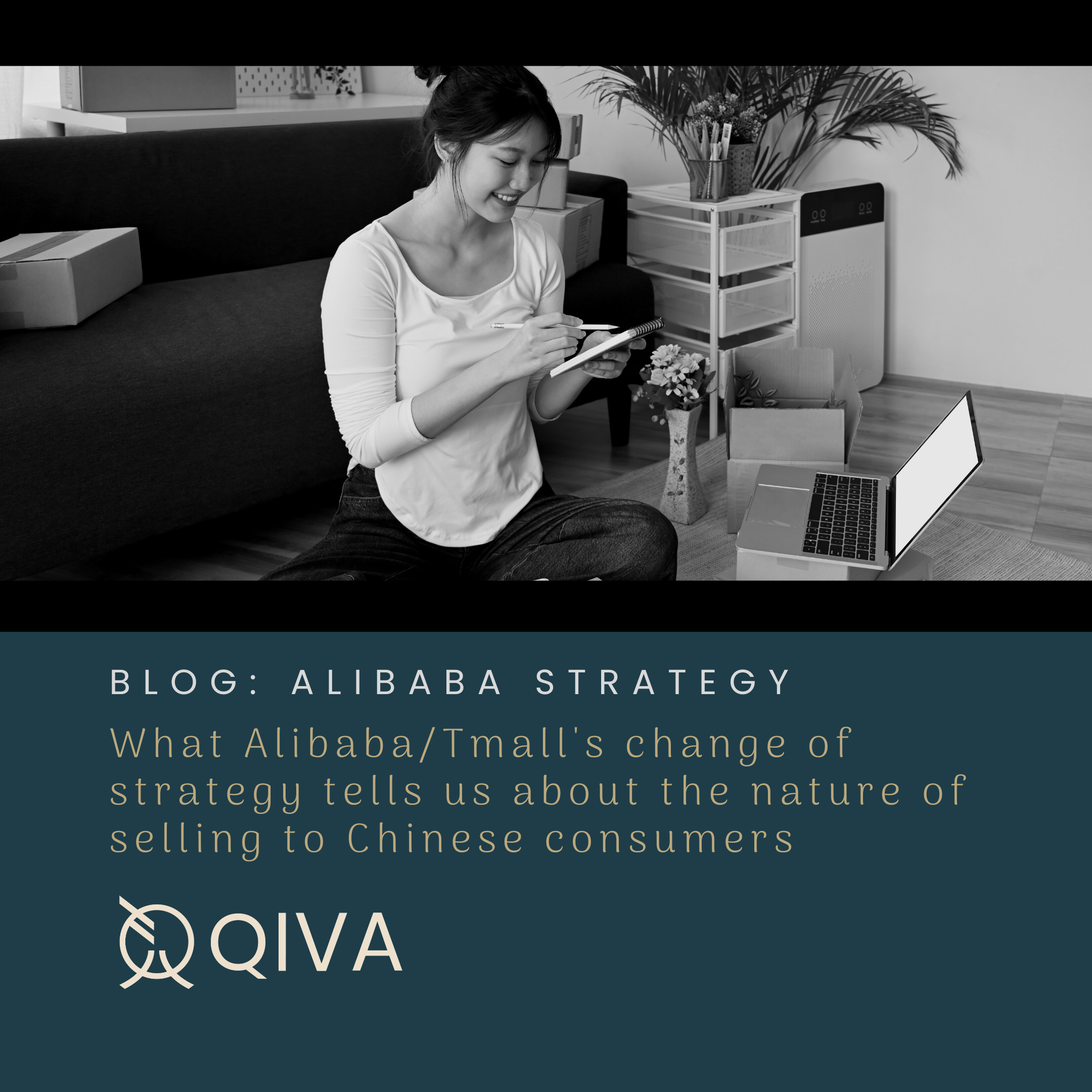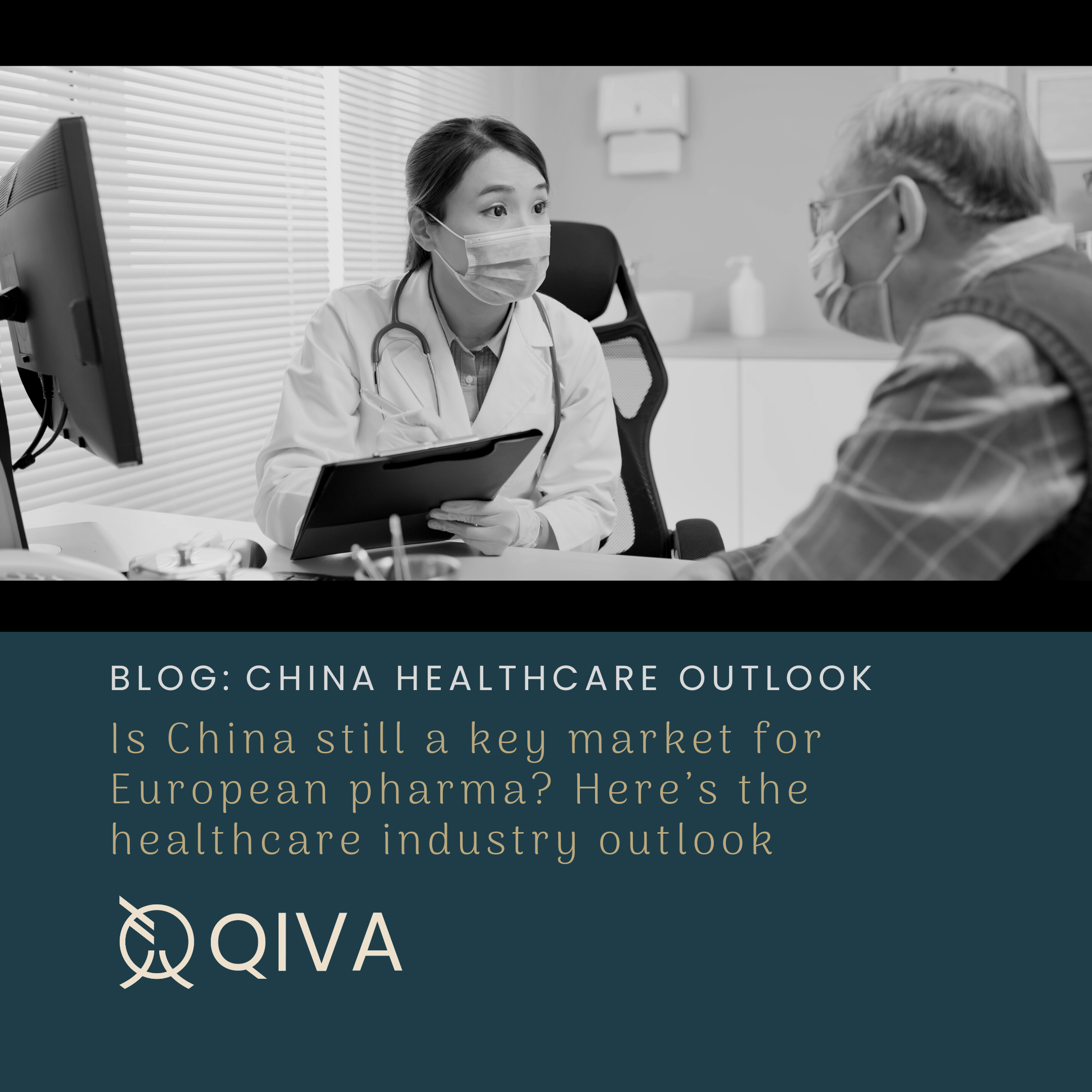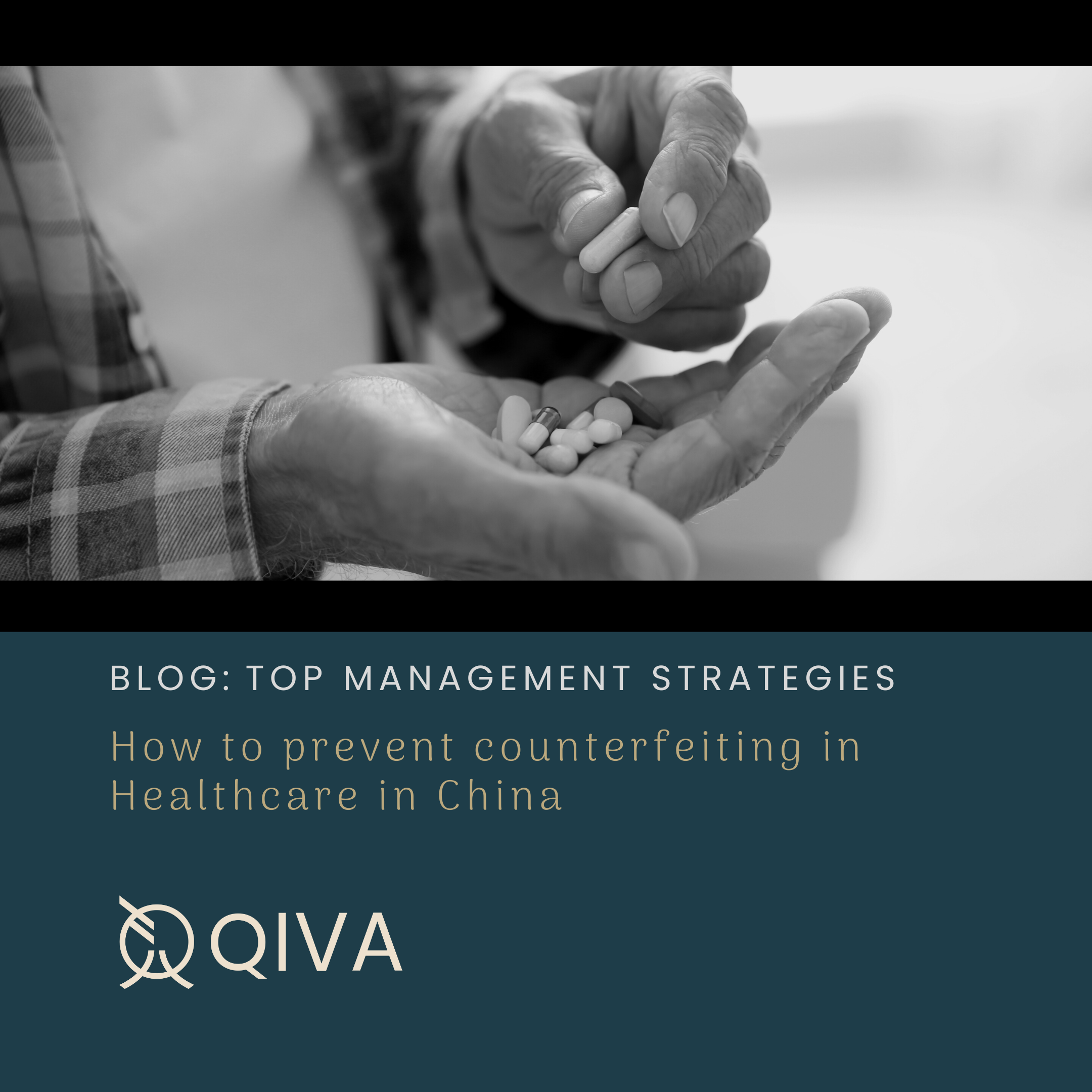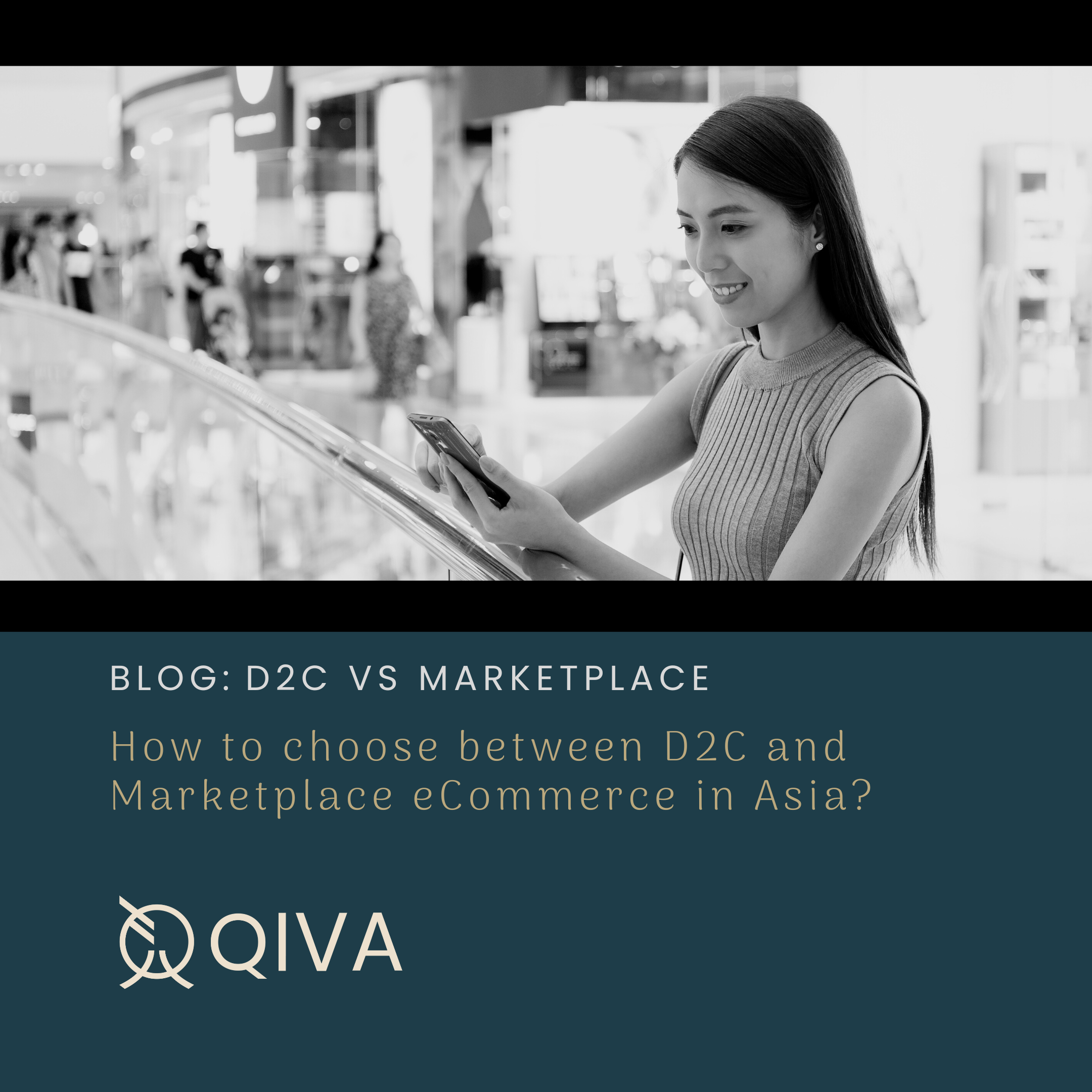What is the self-care opportunity for pharma & CH brands in Asia?
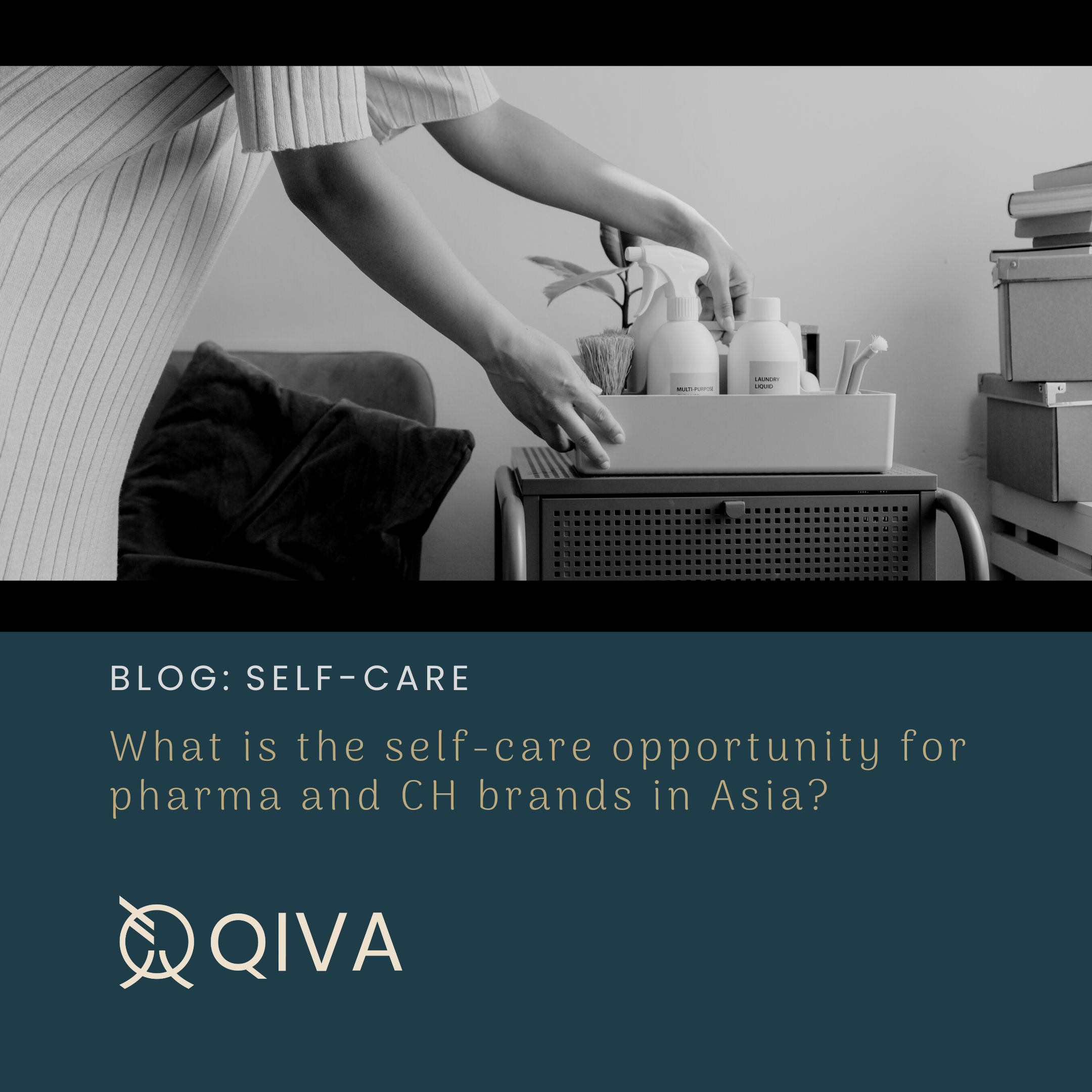
Self-care refers to individuals actively taking steps to maintain and improve their physical, mental, and emotional well-being. The opportunity for self-care in Asia is significant and expanding – the Global Wellness Institute values the global wellness economy at $4.4Tr USD and within this, Asia Pacific represents the largest market at 31%. In this blog, we speculate on some of the driving factors and identify the opportunity it presents to pharmaceutical manufacturers and CH brands in Europe.
What are some of the main drivers?
Lifestyle Changes: Rapid urbanization, sedentary lifestyles and changing dietary habits have led to an increase in chronic health conditions such as obesity, diabetes, and cardiovascular diseases. As an example, China has the highest prevalence of people with diabetes in the world – approximately 116 million adults aged 20 – 79. These lifestyle-related health challenges have prompted individuals to seek self-care solutions, including healthier diets, regular exercise, stress management techniques, and holistic wellness practices.
Access to Information: The widespread availability of information through the internet, mobile apps and social media has empowered individuals with health knowledge they may have previously found difficult to access. This easy access to information has fuelled interest in self-care and encouraged individuals to adopt healthier habits.
Population Size & Aging: Asia is home to more than half of the world's population, with countries like China and India having populations exceeding a billion. The sheer size of the population, alongside the rise in life expectancy and declining birth rates, presents a significant market for healthcare services and products.
Government Initiatives: Governments in Asia are recognizing the importance of self-care in promoting population health and reducing healthcare costs. They are implementing policies to support and promote self-care practices, including awareness campaigns, incentives for preventive healthcare, and the integration of traditional medicine with mainstream healthcare. These government initiatives provide a conducive environment for the growth of the self-care sector.
What are some of the main barriers to access?
Cultural Differences and Preferences: Asia is a diverse continent with varying cultural norms, traditions, and preferences. What may be considered self-care practices or products in one country may not necessarily resonate with consumers in another. Businesses therefore need to understand and adapt to the cultural nuances and preferences of each target market in Asia to effectively sell self-care goods.
Language and Localization: Asia is home to numerous languages and dialects. Language barriers can make it challenging to communicate effectively with potential customers. Localizing marketing materials, product packaging, and customer support in the native language of each target market is crucial for successful sales. Localization goes beyond language and also involves understanding cultural sensitivities, symbols, and traditions.
Regulatory and Compliance Requirements: Different countries in Asia have specific regulations and compliance requirements for the sale and distribution of healthcare and self-care products. Businesses need to navigate through these regulations, obtain necessary certifications, and ensure compliance with labeling, safety, and quality standards. This process can be time-consuming and require significant investment.
Distribution and Logistics: Establishing an efficient distribution network in Asia can be a complex task due to the size of the continent, varying infrastructure levels, and diverse market dynamics. Logistics challenges, such as transportation, storage, and timely delivery, need to be addressed to ensure smooth operations and customer satisfaction. Choosing reliable local partners and optimizing supply chain management are critical.
Education and Awareness: Despite the growing interest in self-care in Asia, there may still be a need for education and awareness campaigns to promote the value and benefits of self-care products. Consumer understanding of self-care practices and the importance of investing in one's well-being may vary across different markets. Businesses may need to invest in marketing efforts that emphasize the relevance and advantages of their products.
Competition and Market Saturation: The self-care market in Asia is increasingly competitive, with a multitude of local and international players vying for market share. Some segments of the self-care market may already be saturated, making it challenging for new entrants to differentiate themselves. Thorough market research and a unique value proposition are crucial to understand how best to stand out from competitors.
Trust and Brand Reputation: Building trust and establishing a strong brand reputation are vital in Asia. Consumers often prioritize trusted brands and may be skeptical about trying new or unfamiliar self-care goods. Businesses need to invest in building credibility, customer reviews, testimonials, and partnerships with reputable local entities to gain consumer trust and confidence in their products.
Navigating these obstacles requires us at QIVA to have a deep understanding of the Asian market landscape, cultural sensitivities, regulatory frameworks, and consumer preferences. We firmly believe that those businesses that can adapt, localise, build trust and create compelling value propositions can thrive in the self-care market.
